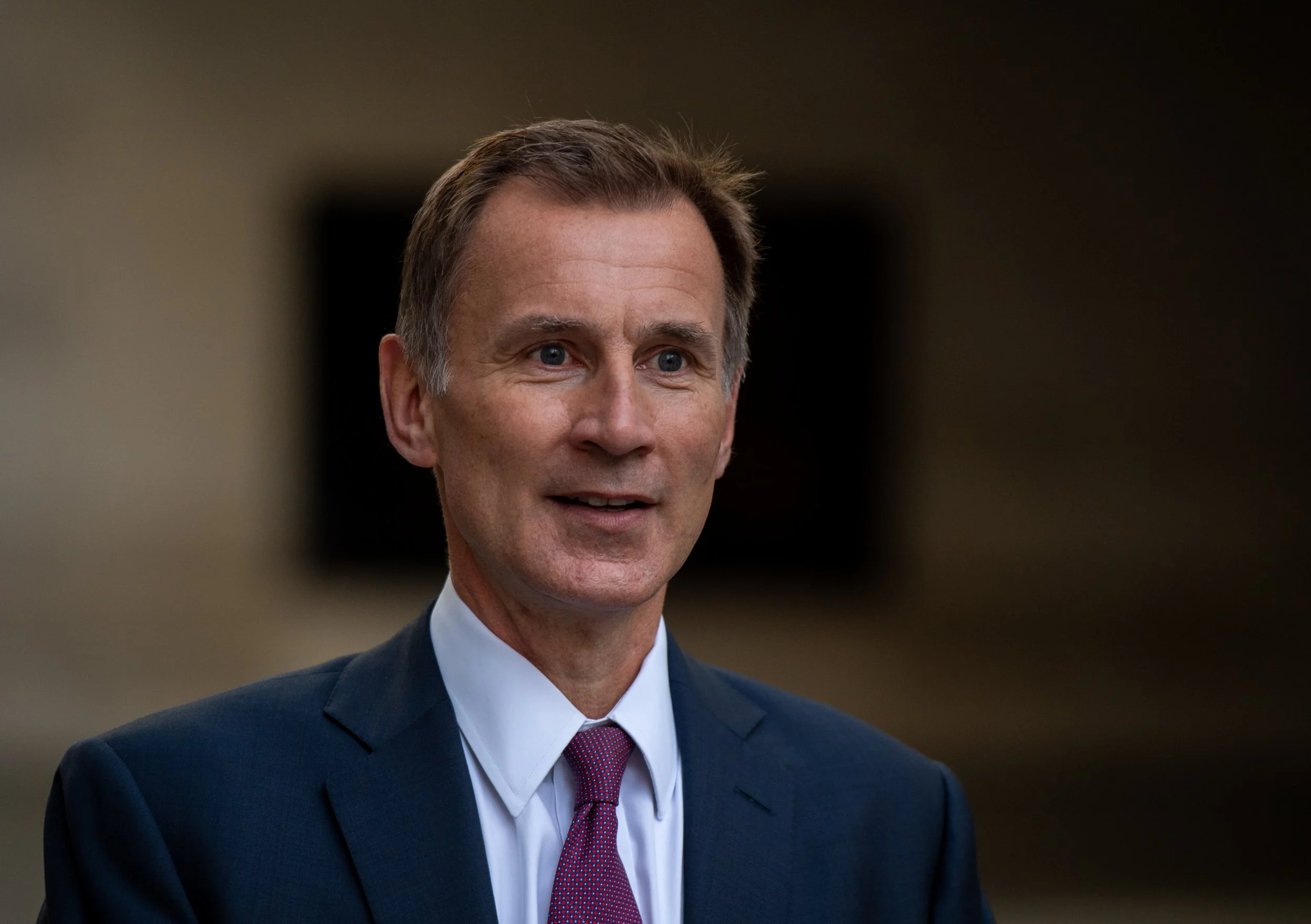Seven in 10 second charge mortgage products (70%) were used for debt consolidation purposes in the three months to February, new research published by Evolution Money has shown.
The other 30% of second charge mortgage products over the same period were used by clients who have prime credit ratings.
By value, the findings also revealed the split was 61% in favour of second charge mortgages being used for debt consolidation, compared to 39% by prime borrowers.
Evolution said its latest quarterly data tracker showed a “slight reversal” in previous iterations with both the volume and value of second-charge mortgages increasing for borrowers taking out these products purely for debt consolidation purposes, compared to prime borrowers who are able to use their loans for other purposes, not just debt consolidation.
The second charge lending firm’s tracker reviews borrower types, average mortgage sizes, LTV, and further information to offer advisers insight into the reasons why a second charge mortgage might be suitable.
Evolution described the move towards a greater level of activity among debt consolidation borrowers as “understandable”, given the increased cost of living pressures as well as the need for many borrowers to pay off costlier debts which might have been subject to increased interest rates in recent months.
CEO of Evolution Money, Steve Brilus, commented: “Last year, the tracker reflected an increase in the number of prime borrowers using second charge mortgages, and while this remains steady, it’s also obvious that we are beginning to see a move back towards debt consolidation right across the piece.
“This is likely to have a lot to do with the direction of travel for interest rates. As they have risen, other forms of debt have become costlier to service, plus of course the attractiveness of remortgaging a first-charge mortgage in order to release equity to potentially pay off these debts becomes less so, given the likelihood borrowers would be moving to a much higher rate.
“For those that can, it therefore makes sense to maintain the existing first charge and to look at second charge options in order to pay off those costlier debts.”
Evolution also suggested that homeowners were “increasingly likely” to look at second charge mortgage options, especially if they did not want to disturb their existing first charge mortgage. Remortgaging right now away from a first charge was likely to result in far higher monthly payments, given the rise in rates over the last six months.
Existing homeowners are therefore likely to continue to look for short-term alternatives such as second charge mortgages, Evolution added, in order to pay off non-secured debts running at far higher interest rate levels.
“It has been a busy start to the year and we fully anticipate that seconds will continue to be in demand over the course of 2023 and beyond,” Brilus added. “Rates look unlikely to come down significantly in the short-term and there is a real possibility they will go up further.
“In that scenario, paying off debts – which are likely to be costing even more – with a second charge mortgage becomes an even more attractive option and it is certainly a product that advisers should have in their advice kit bag.”
Latest News
-
Targeted support applications to open from March 2026
-
19 firms join forces to launch new retail investment campaign
-
Four in five bridging professionals confident about 2026 market outlook
-
Söderberg & Partners invests in UK group rockwealth
-
SME lending grows again in Q3 – UK Finance
-
Titan Wealth acquires Morgans Ltd
Perenna and the long-term fixed mortgage market

Content editor, Dan McGrath, spoke to head of product, proposition and distribution at Perenna, John Davison, to explore the long-term fixed mortgage market, the role that Perenna plays in this sector and the impact of the recent Autumn Budget
The role of the bridging market and technology usage in the industry
Content editor, Dan McGrath, sat down with chief operating officer at Black & White Bridging, Damien Druce, and head of development finance at Empire Global Finance, Pete Williams, to explore the role of the bridging sector, the role of AI across the industry and how the property market has fared in the Labour Government’s first year in office.
NEW BUILD IN FOCUS - NEW EPISODE OF THE MORTGAGE INSIDER PODCAST, OUT NOW

Figures from the National House-Building Council saw Q1 2025 register a 36% increase in new homes built across the UK compared with the same period last year, representing a striking development for the first-time buyer market. But with the higher cost of building, ongoing planning challenges and new and changing regulations, how sustainable is this growth? And what does it mean for brokers?
Does the North-South divide still exist in the UK housing market?

What do the most expensive parts of the country reveal about shifting demand? And why is the Manchester housing market now outperforming many southern counterparts?
In this episode of the Barclays Mortgage Insider Podcast, host Phil Spencer is joined by Lucian Cook, Head of Research at Savills, and Ross Jones, founder of Home Financial and Evolve Commercial Finance, to explore how regional trends are redefining the UK housing, mortgage and buy-to-let markets.
In this episode of the Barclays Mortgage Insider Podcast, host Phil Spencer is joined by Lucian Cook, Head of Research at Savills, and Ross Jones, founder of Home Financial and Evolve Commercial Finance, to explore how regional trends are redefining the UK housing, mortgage and buy-to-let markets.
© 2019 Perspective Publishing Privacy & Cookies











Recent Stories